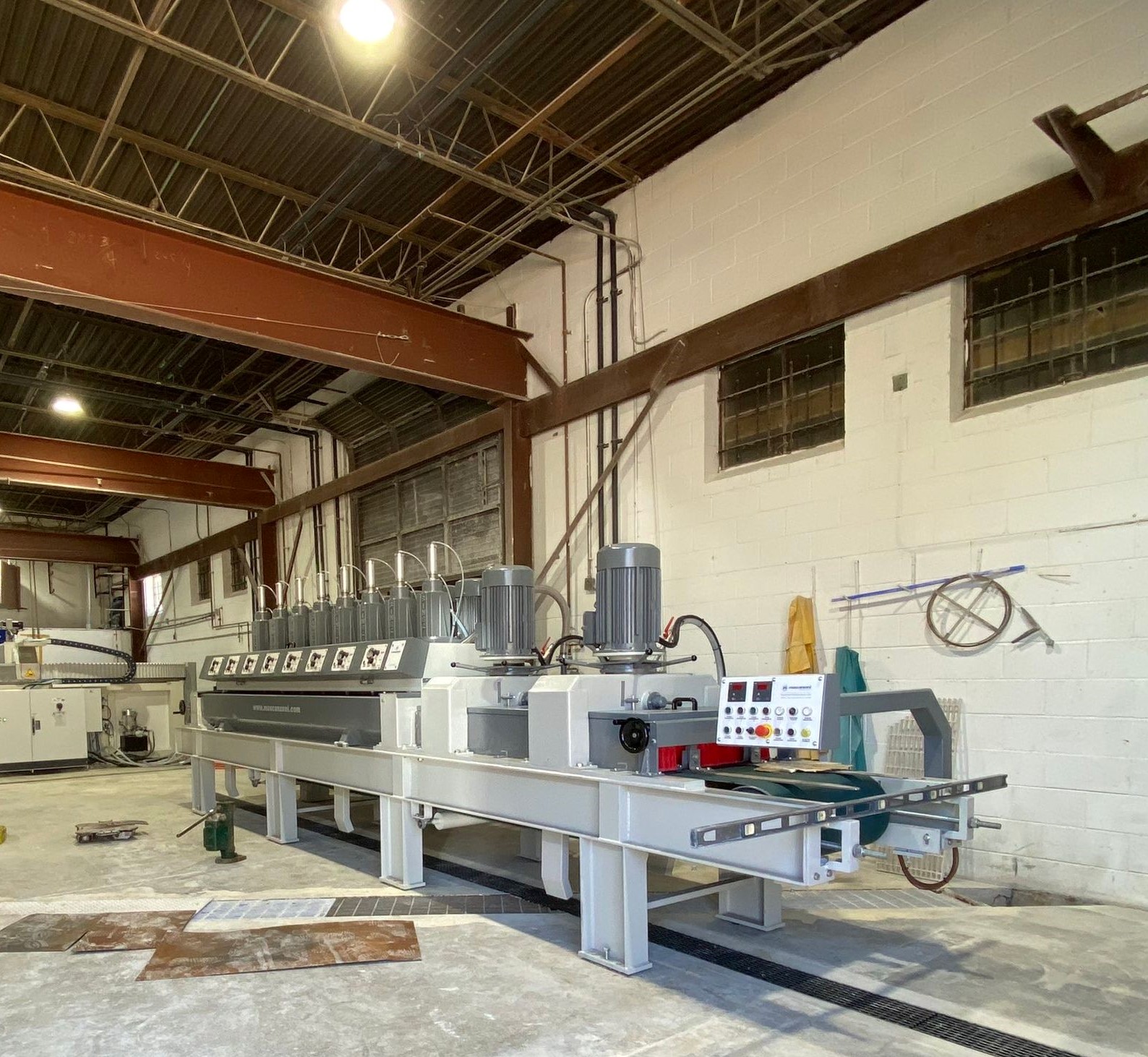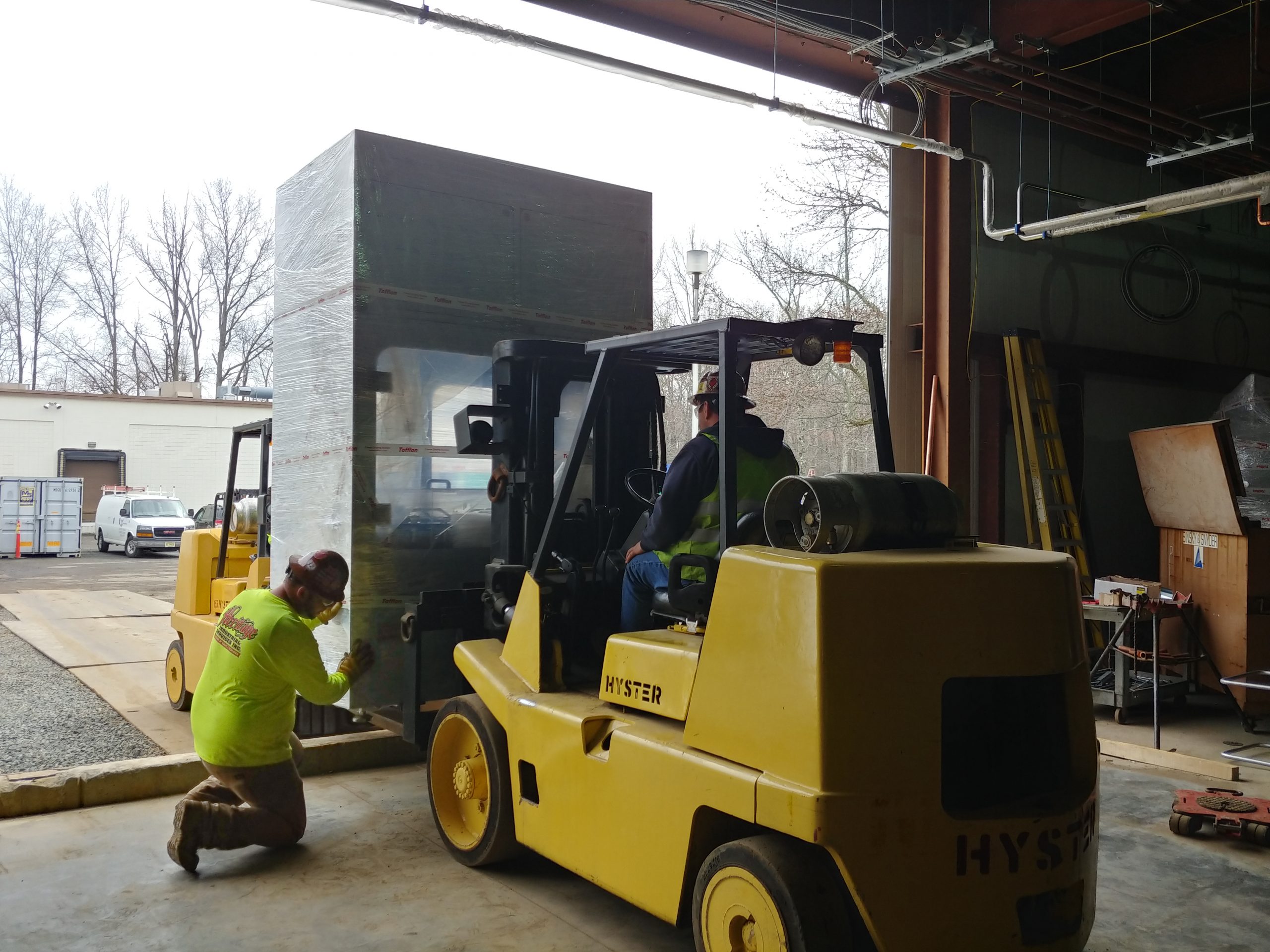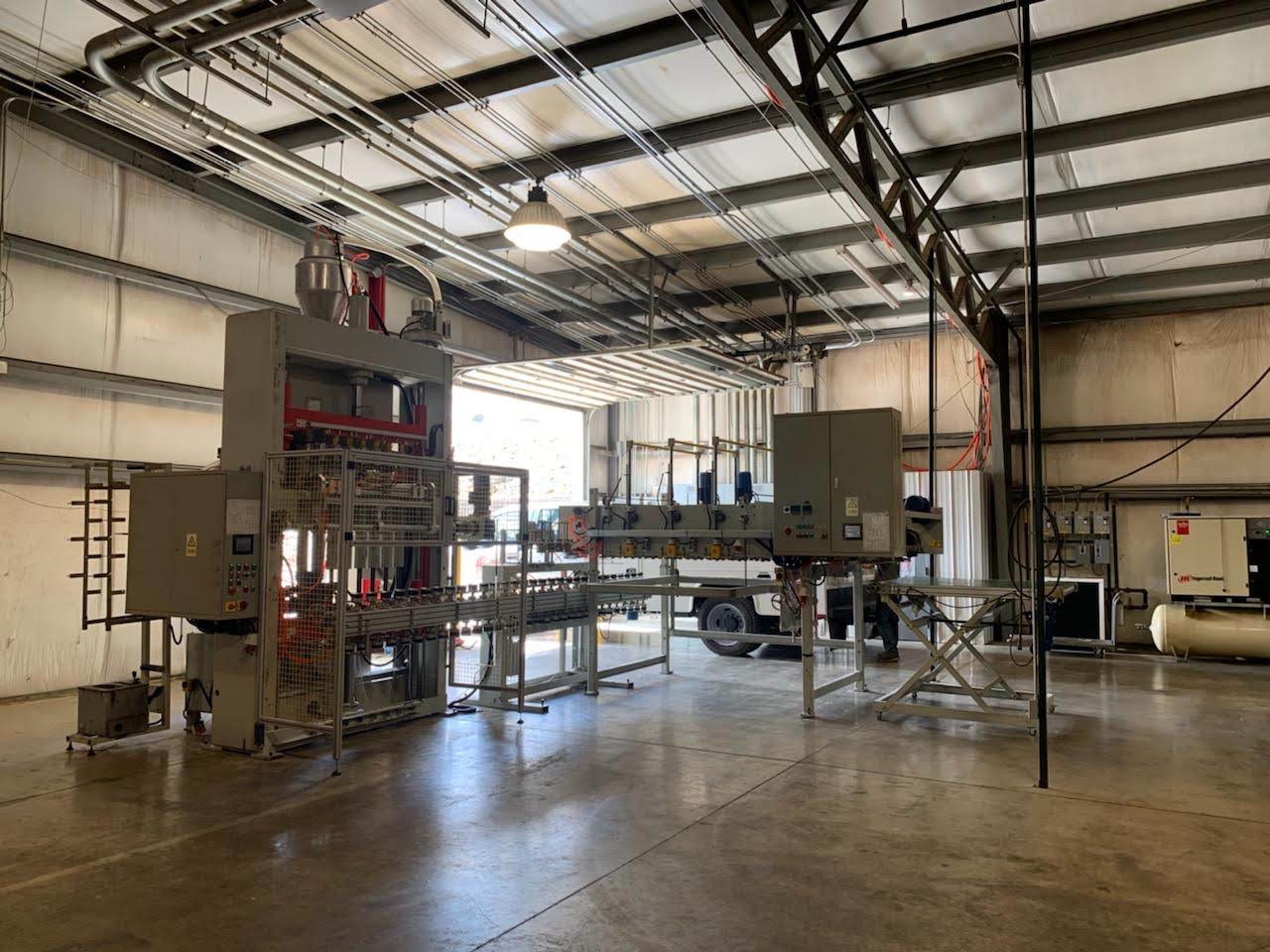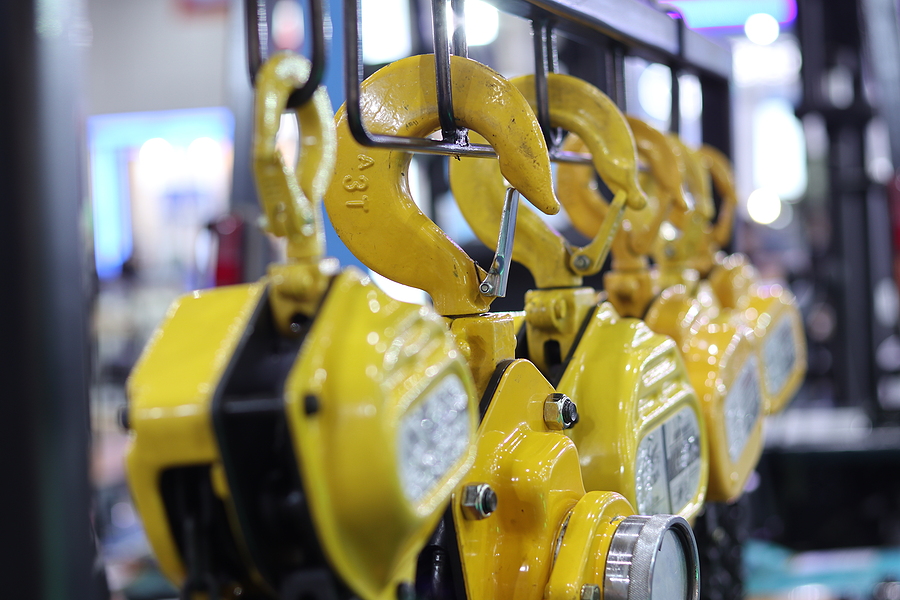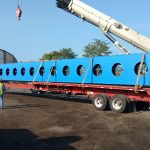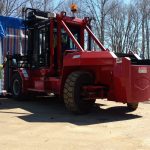Conducting Industrial Rigging Operations In Adverse Weather Conditions
Industrial rigging operations, no matter how well-planned and executed, have the potential to be hazardous. Operating industrial rigging equipment in bad weather only increases the level of risk involved. Wind, rain, lightning, fog, and snow can present serious challenges for even the most experienced rigging team. Severe weather will require rigging operations to cease until it passes and conditions return to normal. In instances where weather conditions are not harsh enough to bring operations to a halt, they will require serious consideration and impose certain limitations.
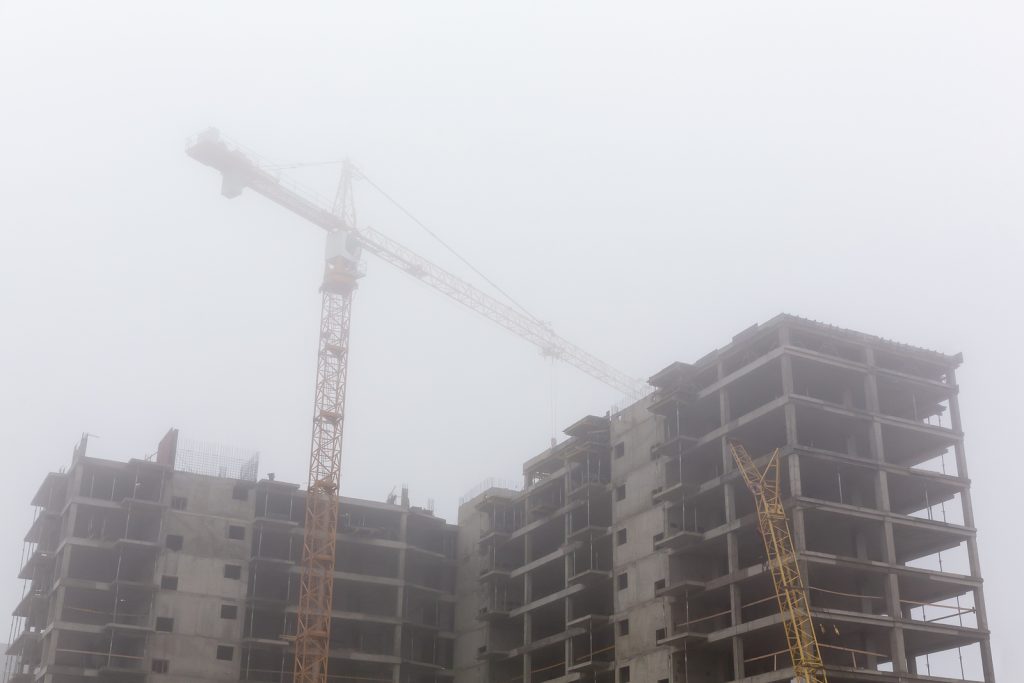
Wind
High winds are a serious threat to the safe operation of industrial rigging equipment. Although crane load charts do not factor in wind speeds, most manufacturers include recommendations as to the maximum wind speed under which the crane can safely operate. This information can normally be found in the operating instruction manual or on the load chart itself and should be clearly posted inside the cab of the crane. Should the manufacturer’s guidelines not be readily available, wind speeds of 15 to 20 mph are cause for concern and require extra precautions. If wind speeds are over 20mph, rigging operations should be shut down. There are also other factors to consider.
Size and shape of the load – When trying to determine if you can safely complete a lift during windy weather, you need to consider more than just the weight of the load. Is a large area of the load directly exposed to the wind? If it is struck with a strong gust of wind, will the load be difficult to control?
The height of the lift – Wind speeds typically increase with height so the higher you go, the more significant impact the wind can have on the load.
Backward stability – All mobile cranes are subject to a loss of backward stability. The backward stability of a crane is equally important as the frontward stability when planning a lift.
Rear wind – A wind coming from behind a crane can push the load away from the crane. This will result in an increase in radius and a decrease in the crane capacity.
Side wind – If the wind is coming at the crane from the side, it will put a significant side load on the jib. The jib is not designed to handle this and may collapse, causing the load to fall and creating a potentially disastrous situation.
Operating between structures – In windy weather conditions, the wind velocity can increase between structures creating a localized “wind tunnel” effect. This could exceed the safe lifting limits even though the general wind speed is below the limit.
Extreme Temperatures
Plunging temperatures can negatively impact crane hydraulics, rigging equipment, and tensile crane strength resulting in limited rigging operations. Load weight should be reduced in cold weather. If temperatures fall into the sub-zero range, operations should be postponed until the temperatures improve.
Rain
Wet weather can also affect rigging operations. Rainwater can seep into crane components, especially if combined with heavy winds, negatively impacting performance. Heavy rains can also undermine the foundation beneath the crane. In the presence of these weather conditions, the danger of rigging operations increases and they should be suspended until the weather improves.
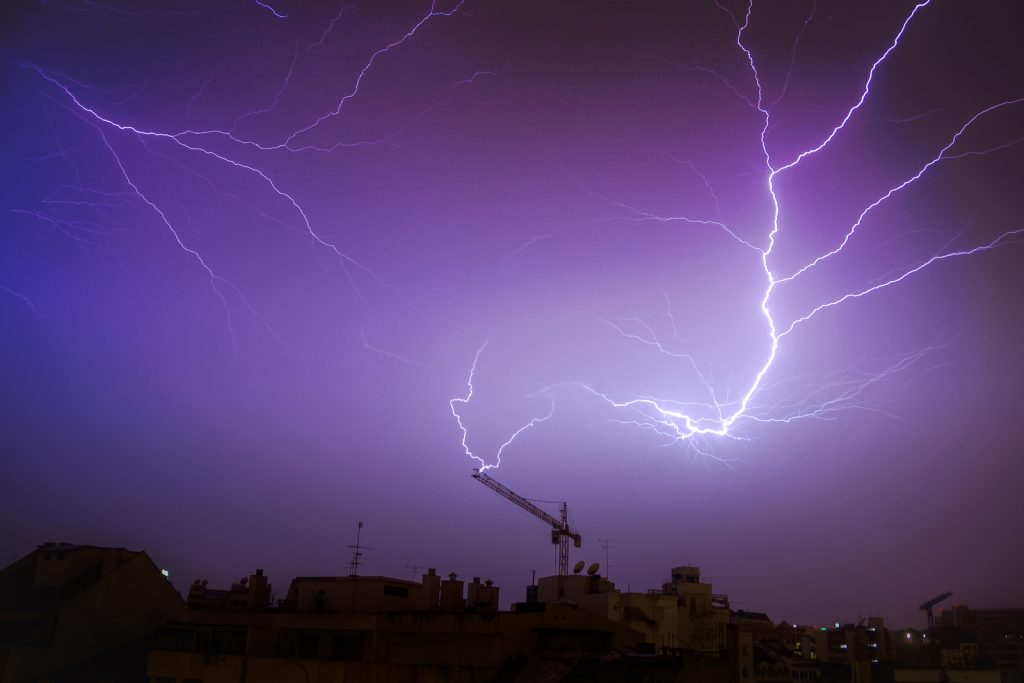
Lightning
In the event of lightning, all rigging operations should be suspended. A crane boom can act as a lightning rod. It should be lowered to a safe position and the entire rigging team should leave the area until the lightning has subsided. If any equipment is struck by lightning, it must be thoroughly inspected before being put back into operation.
Industrial Rigging Operations Experts
At Heritage Industrial Services, we have the experience to accurately evaluate whether operations can continue in the event of adverse weather conditions. We offer turn-key industrial services including all forms of industrial rigging, machinery moving, plant relocation, and installation nationwide. Relocating heavy industrial and manufacturing equipment can be a serious challenge in any weather but, with over 90 years of combined experience, there isn’t much we haven’t moved or done.
Heritage’s expert staff employs the most up-to-date equipment and certified safety techniques, including thorough inspections to ensure the highest quality and safest rigging operations. We employ NCCCO and OSHA trained riggers and signalman for all projects to ensure that all your rigging needs are performed safely, efficiently, and on budget with no issues. To discuss your next industrial rigging project, please contact us today!


